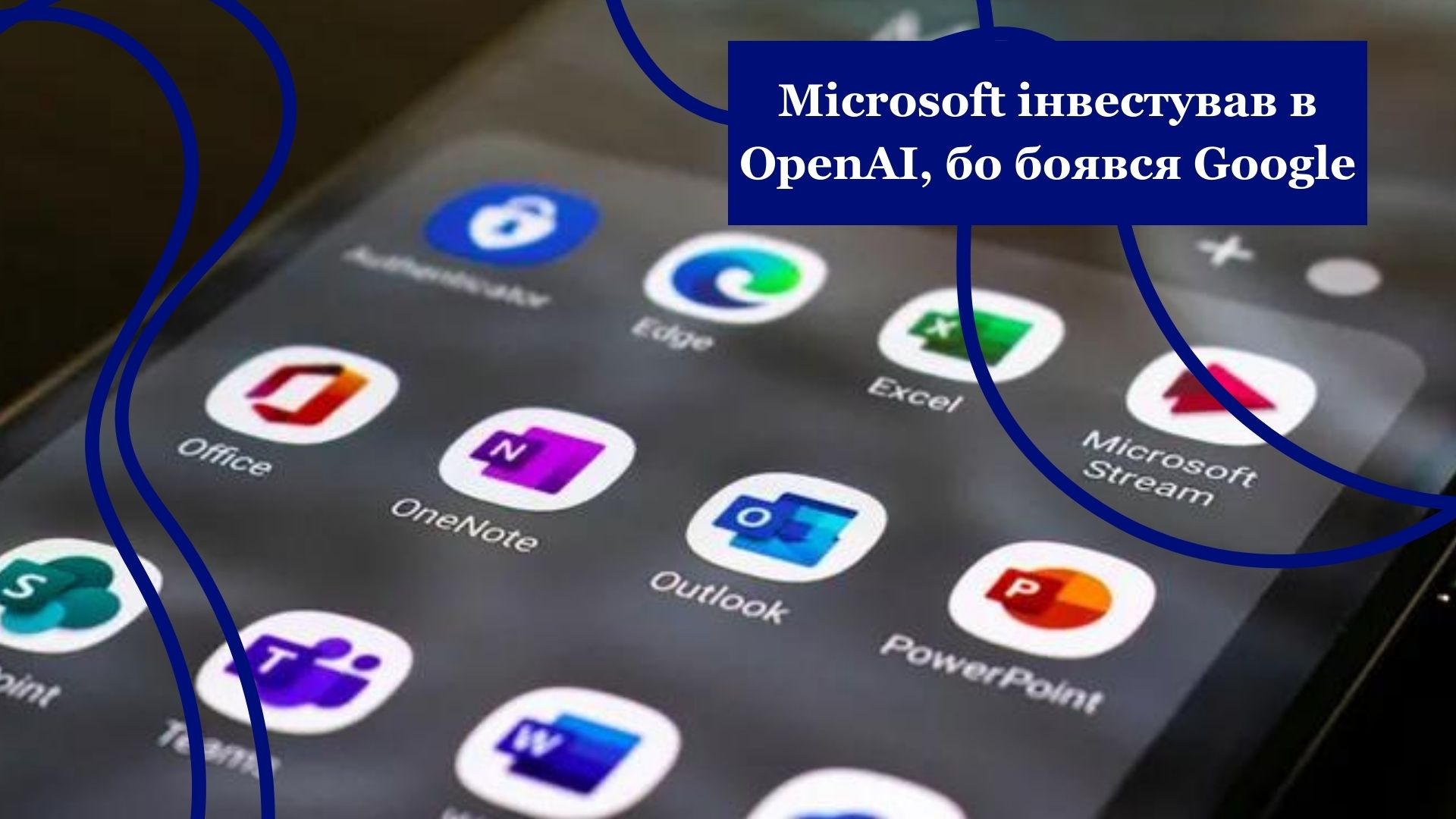Рубрику English.PRO ведут наши партнеры — Курсы английского языка для IT-специалистов English For IT.
В прошлой статье мы разобрали зачем английский нужен ИТ-специалисту и какие грамматические конструкции лучше использовать, чтобы рассказать о себе и своей деятельности.
Но мы не должны забывать, что English For IT — это еще и soft skills на английском языке, не только для PMs, Account managers, HRs, Recruiter, CEOs, но и для инженеров! Ведь, чтобы поговорить с заказчиком или коллегой из USA знать Present or Past Simple мало. Нужно иметь представление о small talk в начале созвона, о стиле делового общения, который, кстати, в британском и американском английском может чуть отличаться, о формате написания имейлов, etc. Поправка: не «иметь представление«, а владеть навыками!
Почему это важно? В первую очередь это необходимо для успешного исхода вашей беседы, переговоров, нетворкинга, etc.
Итак, английский для soft skills — это умения правильно подобрать нужные выражения и конструкции. Для этого нужно их знать и постоянно стараться использовать в своей речи. Не нужно переводить с русского на английский свои мысли, ведь все равно будет не то, так как здесь замешана культура, а не только язык.
Например, если Вы хотите не согласиться и при этом не обидеть человека, достаточно сказать «I’m not so sure» вместо достаточно грубого «I disagree» или еще хуже «No, you are wrong!» И поверьте, носитель языка не подумает, что Вы просто «не уверены» в том, о чем говорите)
Teleconferencing
- Hello? Is anyone there? (Getting connected)
- Hi. This is … (Getting connected)
- Can you hear me? (Dealing with technical problems)
- He’s been cut off (Dealing with technical problems)
- There’s an echo. The line is bad. (Dealing with technical problems)
- That’s better. It’s fine now. (Dealing with technical problems)
- Let’s start. Let’s begin. (Leading the teleconfi)
- Over to you, Bill. Go ahead Sanjit. (Managing who speaks)
- I’m going to talk about… (Outlining what you are going to say)
- I want to summarise … (Outlining what you are going to say)
- Hi,
- John,
- Hi All,
- I am writing to let you know that your payment is overdue.
- Thank you for your e-mail of 29 February regarding the sale of…
- I am sending you the brochure as an attachment.
- Please see the statement attached.
- I am afraid I cannot open the file you have sent me.
- Could you send it again in … format?
- I look forward to hearing from you.
- Yours faithfully, (when you start with Dear Sir/ Madam,)
- Yours sincerely, (when you start with the name e.g. Dear Ms Collins
Small talk
- How are you? Did you have a good weekend?
- How is your wife/husband? How are the children?
- It’s so hot today, isn’t it?/ It’s so cold today, isn’t it?
- Yes, very hot/cold for this time of the year. What are you doing at the weekend?
- Have you been working here long?
- Have you met the new accountant?
- Do you know any good restaurants near here?
- I just love the chocolate eclair they make in the canteen. Have you tried it?
- My dog just didn’t want me to come to work this morning. Do you have a dog?
- Did you watch the match last night?
- Have you seen any good films lately? I’d like to take my wife to the cinema this weekend.
Presentation
- Good morning and welcome to [name of company] (Welcoming)
- My name is Mark Watson and I am responsible for … (Introducing yourself)
- In today’s presentation I’m hoping to cover three points: firstly, … , after that we will look at … , and finally I’ll … (Introducing the presentation)
- Let’s start/begin by looking at … (Starting a presentation)
- So, that concludes [title of the section] … (Closing a section)
- Now let’s move on to … (Beginning a new section)
- Thank you for your attention. (Finishing and thanking)
Meetings
- Can you explain that in more detail? (Asking for more info)
- Personally, I think we should… (Agreeing/Disagreeing)
- I take your point… (Emphasizing)
- So why don’t we…? (Making suggestions)
Networking
- I don’t think we’ve met. I’m … (Starting the convo)
- I work as an IT consultant (Introducing yourself)
- What do you think about..? (Making convo)
- Really? How interesting (Showing interest)
- Have you met John? (Introducing others)
- Let’s keep in touch (Leaving convo)
Список можно продолжать, но Вы итак уже поняли, в каком направлении двигаться 🙂
Подведем итог.
English For IT — это практика всех языковых навыков (Writing, Listening, Reading & Speaking) , поэтому, как обычно, нужно учить многое, но начать можно с того, что является основным для Вас, как IT-специалиста.
Например, с IT-английского на курсе English For IT-Engineers, который стартует 4 ноября. А 29 ноября пройдёт бесплатный открытый урок, где вы сможете подробнее узнать о курсе и познакомиться с преподавателем.
Learn with the Best, learn with English For IT!










